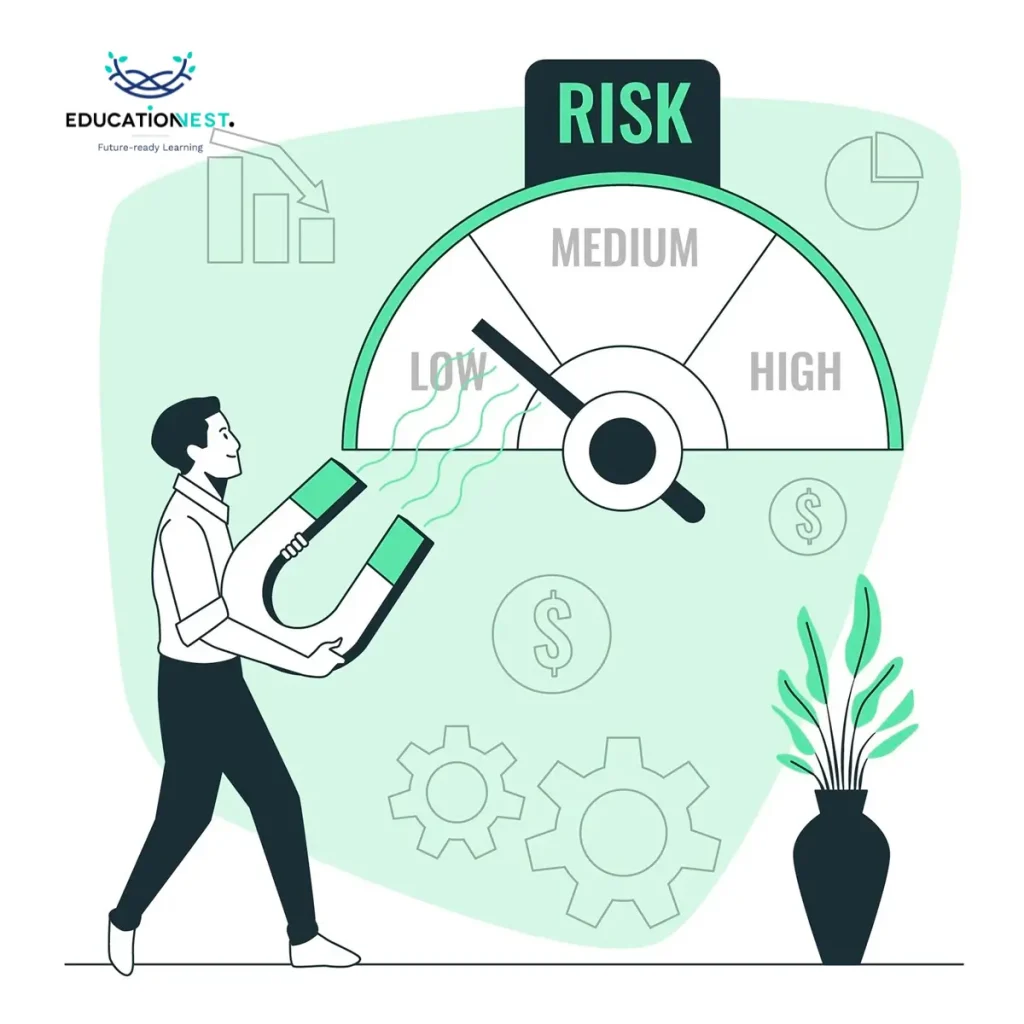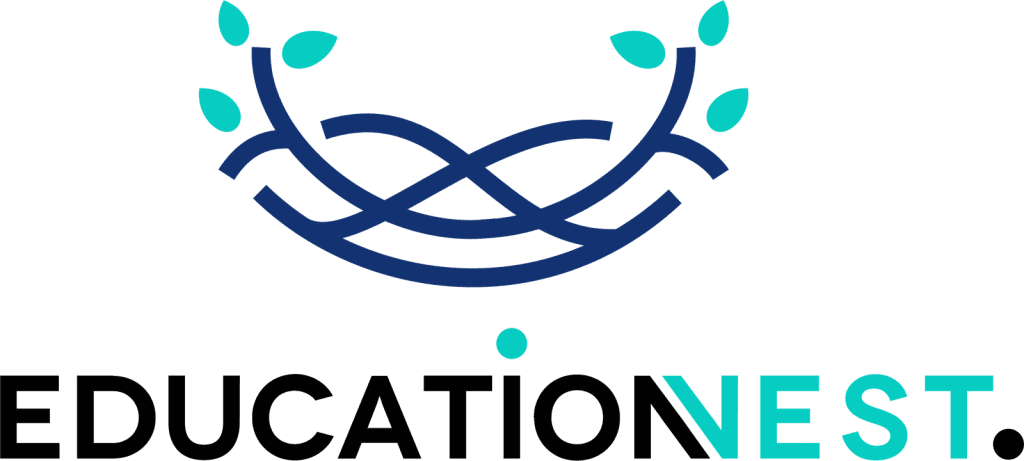No matter how efficiently a business operates, inherent risks cannot be avoided. A recent report shows that 41% of organizations have faced critical risks in the past year. This can be challenging even for experienced professionals.
Businesses are now keen on adopting robust risk management and mitigation strategies to ensure optimal functioning without major disruptions. Thus, there’s an increasing need for professionals who know and understand risks, can identify and monitor them, assess their impacts, and design effective strategies to manage them.
Are you looking to improve your professional portfolio and learn the latest in-demand skills and competencies? Education Nest can help you with the best training programs curated specifically for corporate growth and excellence. This top-rated academy offers comprehensive learning solutions from every perspective and stands out through its innovative teaching methods.
The primary aim of risk management is to identify potential problems, handle them strategically, and implement well-designed plans to minimize their impacts. Companies that prioritize risk management gain a competitive advantage.
So, what is risk management? Why is risk management essential for projects? Read on to find out.
What is Risk Management
Modern-day businesses deal with diverse risks like management errors, resource unavailability, legal liabilities, financial uncertainties, infrastructural outages, data loss, privacy issues, etc. They can have cascading impacts on organizational performance.
Besides, companies handle different projects at a time. When planning for any project, it is essential to design definitive risk management plans for better preparedness. It helps save valuable time and resources and ensure business continuity, thus enhancing safety and security.
Planning Risk Management
To complete projects successfully, you need to address potential risks proactively. Here are the core steps involved in risk management plans:
Risk Identification
The first step is to identify different sources of risks related to the project. These could be internal risks like operational resource limitations, inadequate training, inadequate infrastructures, technical inefficiencies, and more—external risks like regulatory compliance, environmental hazards, rising costs, market competition, etc.
For identifying risks, you can use different frameworks like the SWOT analysis, root cause analysis, decision trees, fishbone diagram, and others. You can also brainstorm to collaborate with other team members, stakeholders, and clients.
Risk Assessment
The next step after risk identification is risk assessment. It helps evaluate how likely the risk event can occur and its impact on the project. A detailed risk assessment should consider both qualitative and quantitative aspects like probability levels, impact levels, EMV (Expected Monetary Value), and others.
After analyzing different factors, you can create a risk register to document the identified risks, the probability of their occurrence, effects, and consequences. You can also use scores to categorize risks based on the severity of their impacts.
Risk Mitigation
After assessing and analyzing risks in detail, it is essential to plan effective strategies to mitigate their responses and reduce their likelihood and impact. Different risk mitigation strategies include avoidance, reduction, sharing, transferring, acceptance, and retention. Risk mitigation also includes contingency planning to handle unexpected emergencies and worst-case scenarios.
Collaborating with stakeholders, team members, and domain experts is crucial for a shared understanding and collaborative approach. You can assign different roles and responsibilities internally and allocate specific budgets and resources to compensate for the effects.

Read More
Disaster Recovery in the Cloud: Why It’s a Game-Changer for Businesses
How DevOps Enhances Security: An Introduction to DevSecOps
Best Risk Management Practices
Risk management demands a systematic approach and better-informed decisions. Here are some best practices for planning risk mitigation strategies:
Clear Communication
Effective communication is crucial to promote transparency within the organization. There should be frequent discussions with different members and stakeholders to involve them in the process. Also, ensuring clearly defined roles and responsibilities can avoid confusion.
Regular Monitoring, Reviewing And Updating Strategies
Planning risk management is not a one-time process. It requires continuous monitoring, reviewing, and updating strategies to remain safe and secure. You can incorporate past lessons and adjust strategies to adapt to evolving project requirements and the dynamic market space.
Using the Right Tools and Technologies
Implementing advanced tools and technologies can help immensely in risk management. Automation can minimize the chances of errors. Data analytics tools can help with informed decision-making powered by valuable insights. Besides, you can also enable real-time monitoring to avoid unnecessary stress.
Final Thoughts
As the age-old saying runs- Prevention is better than cure. Therefore, it is wise to plan and prepare for the potential risks to minimize their impacts. It helps businesses deal with the unforeseen and protect themselves from significant damages.
Want to become an expert in project management and other business competencies? Explore the extensive course catalog from Education Nest that can efficiently address your learning needs and foster corporate growth and excellence.
For more details, reach out to us today.
